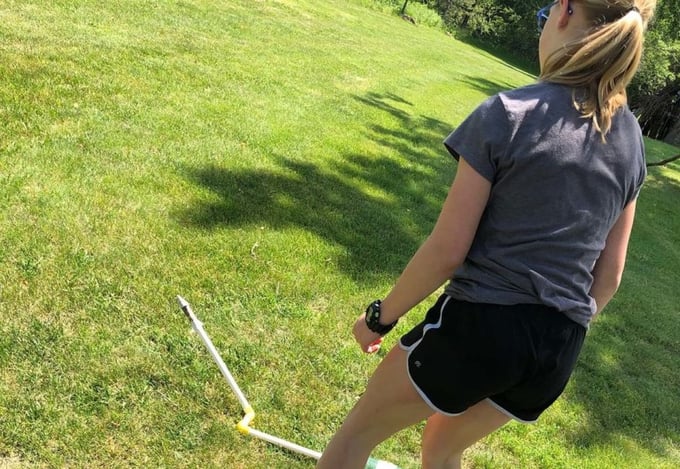Christopher Deleon is a PLTW Gateway teacher at Hudson Middle School in Hudson, Wisconsin, and facilitates the school’s annual STEM Camp for elementary and middle school students.
How can you get students excited about helping pollinators, such as bees and butterflies? Easy – add a bit of aeronautical engineering in the form of rocketry into the mix.
Hudson Middle School’s “i3 Fun in STEM Camp,” hosted by the school’s PLTW Department, exposes students to FUN, hands-on engineering activities over the summer. For the past six years, my fellow STEM Camp teacher Jodie Bray and I have attempted to provide students with some great STEM activities and experiences. Several of our former PLTW students now in high school also join us as volunteers.
The goal of the STEM Camp is to show students that STEM is exciting and fun. We focus on the design process – giving students open-ended design projects so that they can practice their engineering skills and experience some early success. This early success is so important to them gaining self-confidence as problem solvers.
This year’s activities taught students about STEM with an environmental twist. For example, students enrolled in the STEM Camp learned about the important role that bees play in our nation’s food production and the fact that bee populations are on the decline. In order to help bees and other pollinators, students looked to rockets as a possible solution.
In a project that was developed by Hudson Middle School’s PLTW teachers, students used recycled newspaper to build rockets with nose cones packed with wildflower seeds. When launched, the rockets delivered their flower-growing payload to any field or greenspace. These “green rockets” gave students the opportunity to help the environment and use the engineering design process to help solve a problem that should concern anyone who likes to eat fresh fruits and vegetables.
In another environmentally-focused project, the students built their own sound-amplifying phone speaker system made from reclaimed lumber that does not rely on electricity. This “green” sound amplifier allows students to listen to their music wherever they are without having to rely on batteries or the power grid.
Our district’s PLTW program begins in middle school with PLTW Gateway, so STEM Camp is the first opportunity for our younger students to experience STEM education. Over the years, we have been so fortunate to see some students in our elementary STEM Camp that have come back year after year through middle school. When they first enter our PLTW Gateway program, students who have attended STEM Camp seem to have more confidence tackling engineering design problems than students who have not attended.
PLTW’s blog intends to serve as a forum for ideas and perspectives from across our network. The opinions expressed are those of each guest author.


